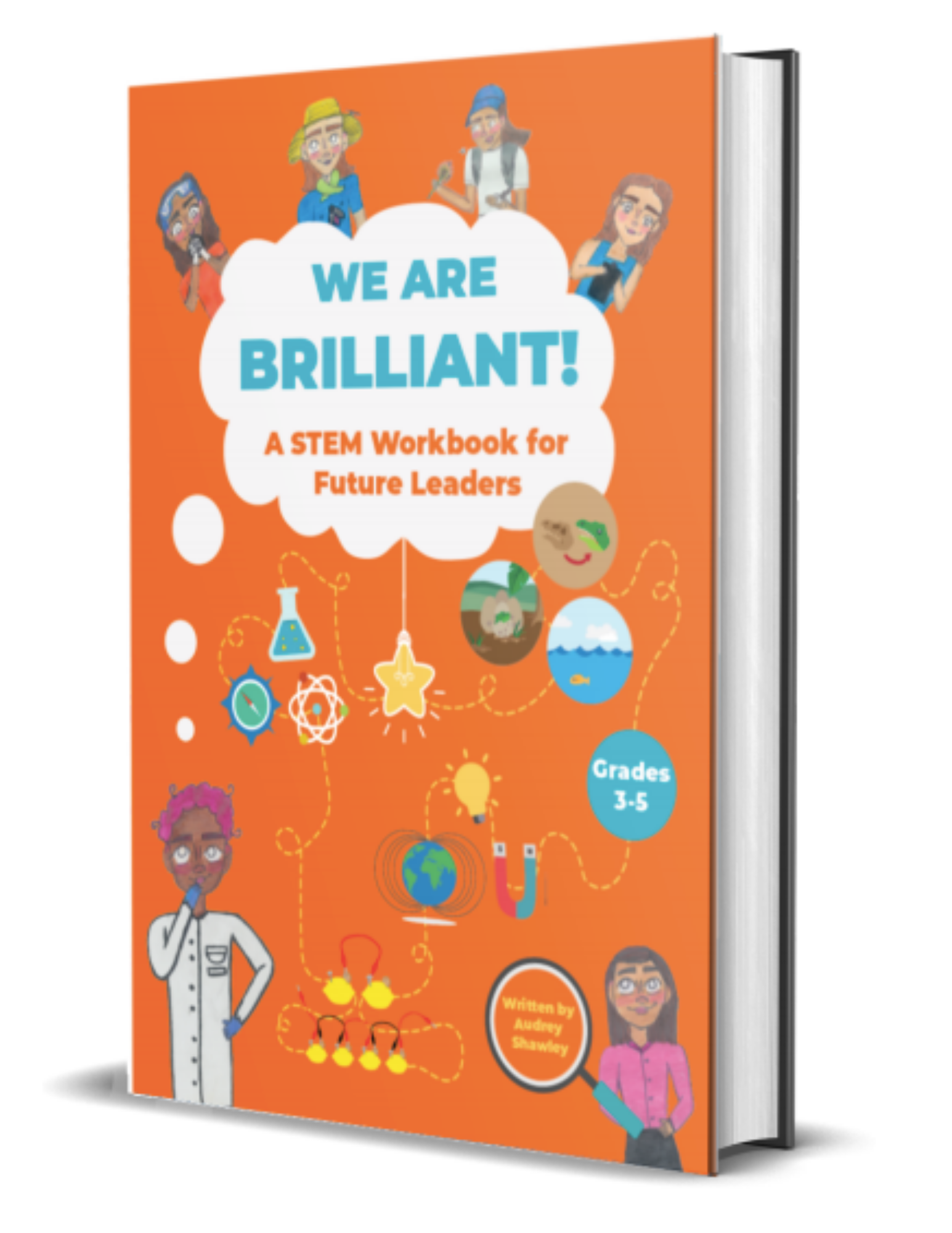In this experiment, we’re going to make a rainbow without the rain! We’ll learn how topics such as refraction and reflection come into play and discover why we can never find the end of a rainbow.
MATERIALS:
Glass cup or bowl
Small mirror
Flashlight or sunlight
Plain white paper
Water
TIME ESTIMATED:
10 minutes
DIRECTIONS:
Fill your cup or bowl with water, leaving some room at the top.
Place the mirror in the cup so it’s at an angle. You can use a paper towel to support it.
Now, position the cup so the light from the sun or flashlight hits the mirror.
Hold the paper above the cup and move it around until you spot the rainbow!
Think LIke a Scientist!
Why do we see a rainbow?
How do rainbows form in the sky?
HOW DOES IT WORK?
Rainbows occur because of two important topics in physics: refraction and reflection. We normally see white light, which contains all the other colors! We can’t tell the colors apart because they’re all moving together at the same speed. When light travels through something other than air (like water), all the different colors of light move at different speeds. This is called refraction. When this happens, all the colors bend differently at the water’s surface so we can now make out every color, which is known as dispersion. The mirror reflects all of this light back to us so we can see it. In nature, rainbows form when light travels through raindrops. The change in material causes white light from the sun to separate into colors, while the raindrops’ shape reflects some of the light back to our eyes. All of the raindrops in the sky work together to make the rainbow, which is why we can never locate its exact position!
Further exploration:
We can learn about light by studying physics, and optical physicists focus specifically on this subject. Light is all around us, but our eyes cannot see most of it. Only about 0.0035% of light is visible! For this reason, scientists are always working on new ways of detecting different types of light and testing its behavior. However, they also use visible light to study the world, including the light from rainbows! Because white light is separated into colors based on the non-air material it travels through, scientists study the size of the rainbow to determine if the raindrops contain things other than water. This helps us understand what chemicals are in the atmosphere and maintain safe conditions!
Looking for more fun at-home STEM activities for your young scientist? Check out our workbook full of exciting science experiments and empowering activities!
Learn more and purchase today!


